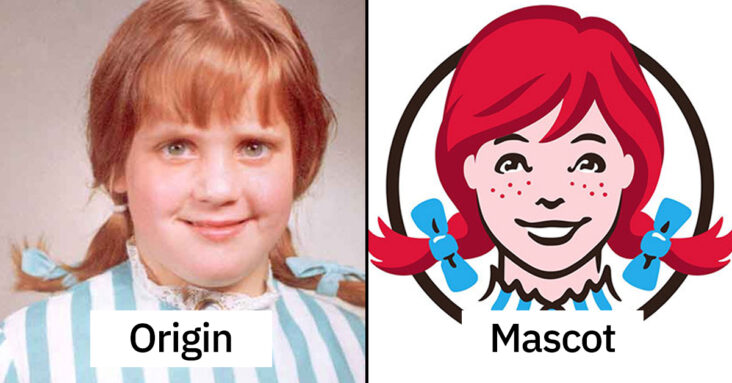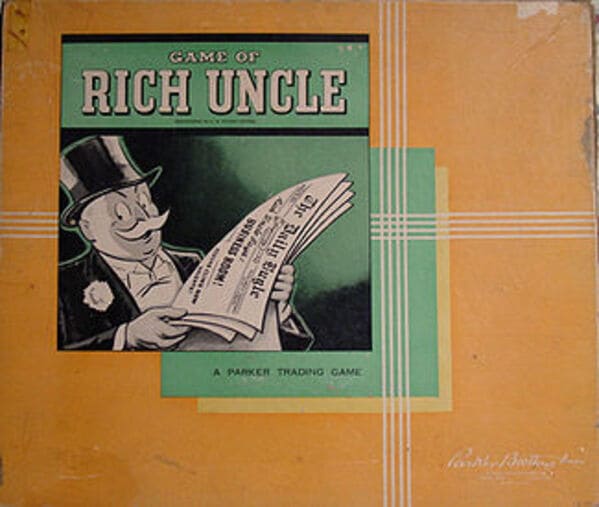I am loyal to the brands I like. Part of the reason I’m so loyal is because I grew up with the mascots. Frankly, I feel closer to Colonel Sanders than I do to most of my immediate family. In fact, I can’t think of a time when my family filled me with the same warm feelings I have after eating a bucket of KFC.
That’s besides the point. Today, we’re focused on the interesting stories behind the beloved brand mascots. Little Debbie and Wendy were real people. The inspiration for Mr. Clean remains somewhat mysterious.
All will be explained below. Pretty much everything about brands you love is here, except, of course, why people keep asking for a night alone with Tony The Tiger. Nothing will ever explain that.
Here are the true stories behind famous mascots that will make you think differently about your favorite brands:
1. Rich Uncle Pennybags from Monopoly
Though “Millburn Pennybags” wasn’t given an official name until 1988, he appeared in Park Brothers games since 1940. He appeared in another game called “Rich Uncle” and clearly was modeled after J.P. Morgan. We’ll never know, however, the exact inspiration for the character because the designer Dan Fox who drew him was not credited with the design until 2013.
2. Little Debbie was a real child named Debbie.
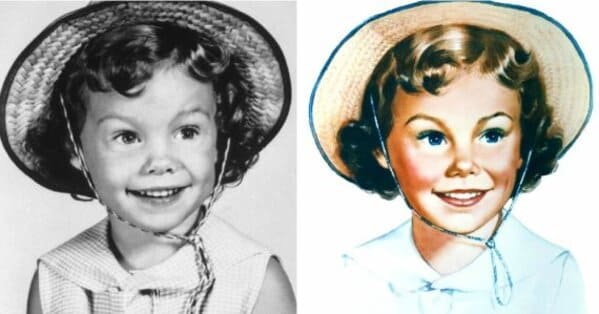
O.D. McKee founded McKee Foods during The Great Depression. They were a bakery, and O.D. primary form of distribution was selling 5¢ cakes out of his car, a 1928 Whippet. In 1960, the company decided to change their name. O.D. brought his granddaughter to work and suggested the name Debbie. Her parents weren’t informed that she’d be used on the packaging until the deal was done. She still works at the company as the Executive Vice President.
3. Chef Boyardee was a real chef.

After Chef Boiardi quit his job as a chef at the Plaza Hotel in Manhattan, he went where everyone goes when they’ve really “made it” in New York: Cleveland, Ohio. He opened a restaurant in 1924, and was inspired by customers who asked for his spaghetti sauce recipe to try giving people a homemade version. The government enlisted him to make rations for soldiers in World War II, and the cooked canned pasta was born.
4. The Marvelous Burger King is modeled after real Tudor-era kings.
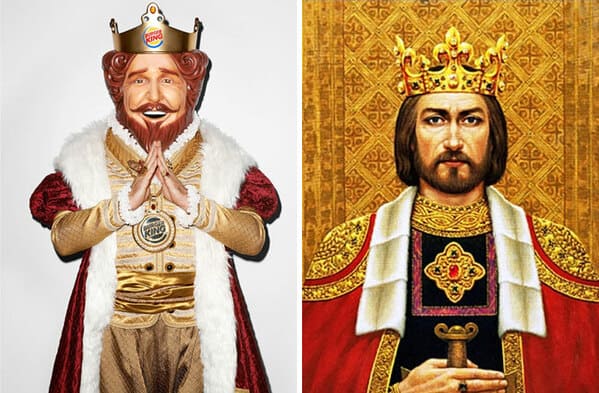
Originally, Burger King used a cartoon version of a man sitting on a “burger throne” name Kurger Bing, but rightfully, they decided that was dumb. The Marvelous Magical King appeared in 1976, and donned the clothing of English kings like Henry VIII. He originally could perform magic tricks, and was modeled after Ronald McDonald in certain ways. In the 2000s he became the “creepy” king who, for some reason, was caught in bed with cheating spouses, and other locations. They stopped using him because that’s maybe not the best thing for their brand identity.
5. Dave Thomas’s real daughter Wendy is Wendy.
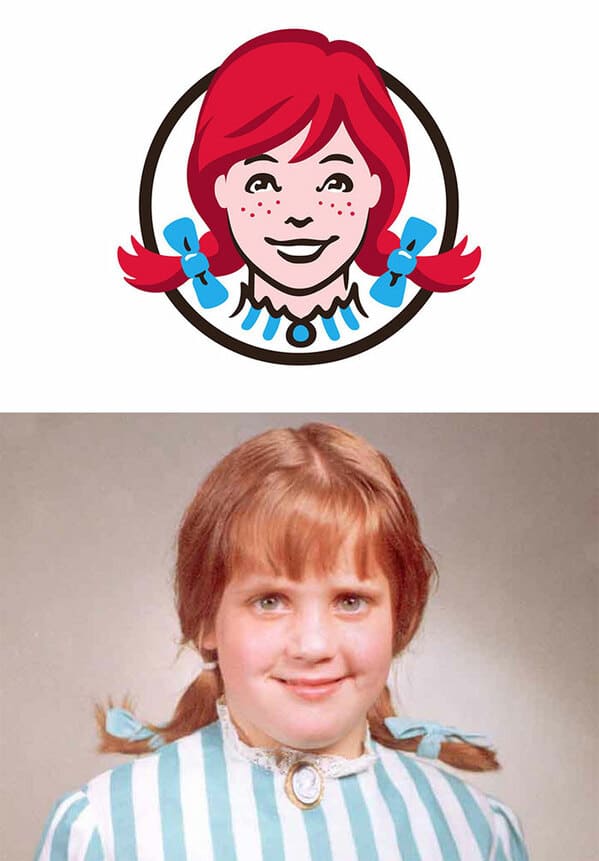
Before the brand was famous for roasting people on Twitter, Wendy’s was a chain started in Columbus, Ohio. Dave Thomas had five children and he tested each of their names before landing on Melinda who they nicknamed Wendy. Now there are 6,700 restaurants all over the world. Wendy owns 30 of them herself.
6. The problematic legacy of Aunt Jemima.

In case you hadn’t heard, the Aunt Jemima logo will no longer appear on the boxes of America’s favorite pancakes. That’s because the original design was based on a minstrel show from 1875. Though it might look like a sweet black woman, the original actor to model for the company was a former slave-turned-actress named Nancy Green. The “mammy” character was a stereotype we left in the past, but the image stayed on the box until the year of our lord 2021. They are now known as the Pearl Milling Company.
7. Captain Horatio P. Crunch, the man who cut the entire roof of your mouth.
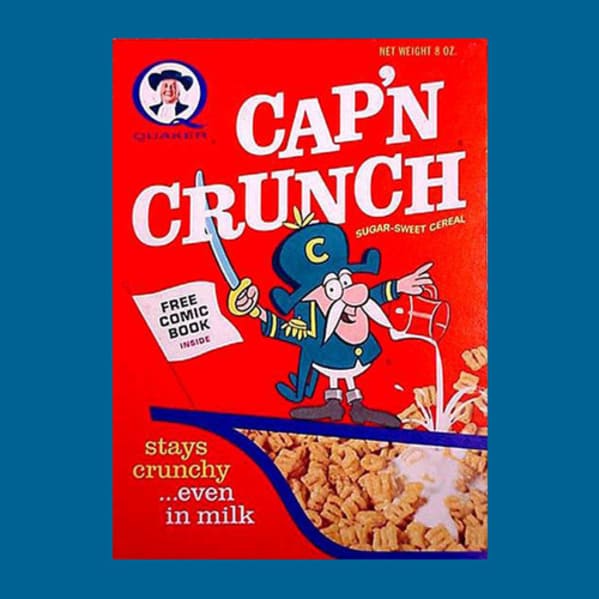
Cap’n Crunch was made specifically for children who complained about soggy cereal. The creator of Rocky and Bullwinkle created this character who fought off pirates attempting to make his cereal soft. The name of his ship is Guppy. He is from Crunch Island which is surrounded by the Sea of Milk which is off the coast of Ohio somehow. He has an IQ of 200. Look it up, dorks.
8. Captain Morgan was a real privateer.

Speaking of seafaring mascots, Captain Morgan is based on the real-life Henry Morgan, a pirate and privateer. He successfully fought the Spanish on behalf of the British who were settling Jamaica. This was back in the late 1600s when being a criminal pirate and being a sanctioned privateer were very similar. He died a wealthy man in Jamaica where later a guy from the Seagram Company vacationed in the 1940s and enjoyed some spiced rum. They’ve never looked back.
9.

In 1907, the USDA put out a report that cows were going to kill you. The milk had TB. They were all dirty. Pasteurization was a must, and few people trusted milk. So the Borden company created Elsie the cow, who wrote letters to doctors telling them about their improvements as a company. Now, 98% of the country is familiar with Elsie, and we drink a gallon of milk a day. Just kidding. We consume it as cheese.
10. The Gerber Baby grew up to write mystery novels.
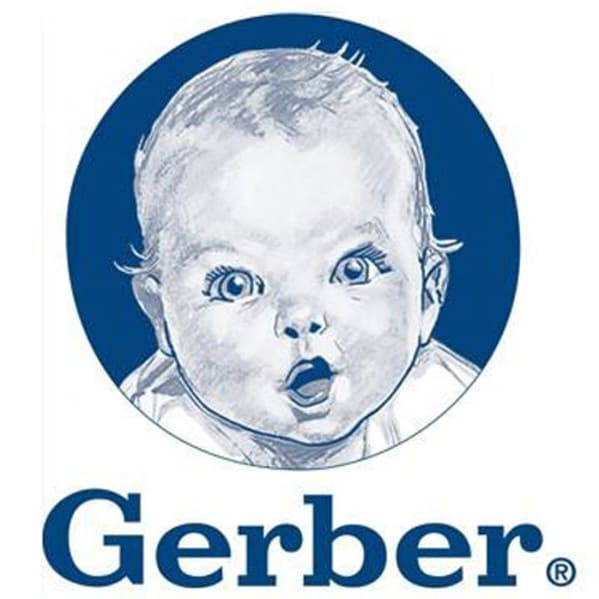
The Gerber Baby logo was the result of a 1928 contest open to the public. An artist named Dorothy Hope Smith submitted a sketch she’d done, and promised if she won the contest, she’d finish the drawing. The executives said “no, it’s perfect.” Her original drawing is still on the label. The baby model was a child named Ann Turner Cook who as an adult became a published mystery novelist primarily concerned with crimes in the Florida Gulf Coast.
11. The Green Giant is a real statue in Minnesota. Visit him. He’s lonely.
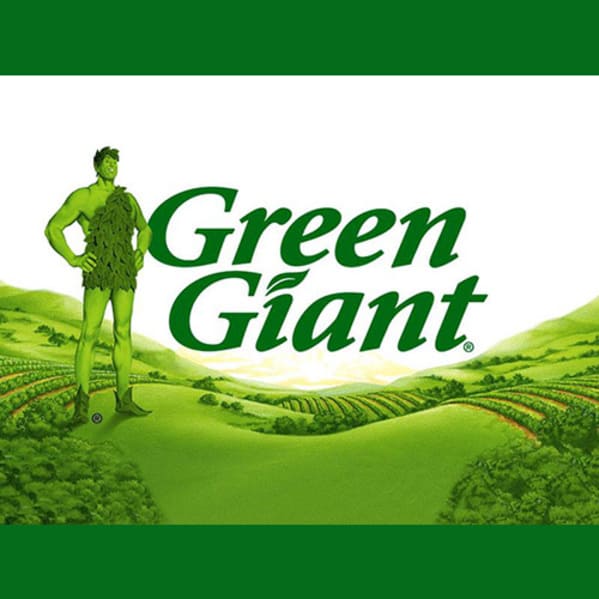
The Green Giant Company got its name because a Minnesota canning company started selling a new kind of enormous pea in the late 20s. Rather than run from the criticism that the peas were too big, they owned it, and called the company Green Giant. This inspired the idea for a hunched leafy giant, but his first few TV appearances frightened children, so they switched and made the giant stand tall and smile and act “jolly.” Now, there’s an big statue in “The Valley” in Minnesota. 10,000 people visit the giant every year.
12. Colonel Sanders of KFC was a real guy who lived an insane life.

As far as I’m concerned, this entire article could revolve around the life of Colonel Sanders, the founder and face of KFC. Sanders dropped out of school in 7th grade, ran away to live on a farm, then falsified his birth certificate so he could join US Army in 1906. He was stationed in Cuba, then moved to Alabama after an honorable discharge.
He took a job with the railroad, then he founded a ferry boat company, then he sold tires for Michelin. The Great Depression hit while he was working a service station for Standard Oil, but Shell offered him another station to run. While there, he served his signature dishes to drivers who stopped. He was involved in a shootout with a rival station over a sign that gave him more business. A guy with him died. He still has not founded the restaurant!
In 1939, he opened a motel in Asheville, North Carolina. It burned down. Finally, in 1952 he franchised a secret recipe to a big restaurant in Salt Lake City. It didn’t quite work out. It wasn’t until 1962 that he founded the chain.
13. Mr. Clean is not a genie.
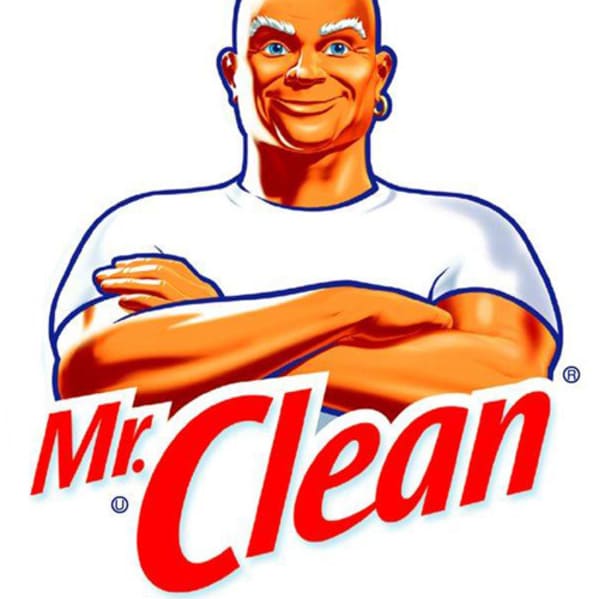
Though some think the original image of Mr. Clean (created in 1957) was based on the 1951 film The King And I, Proctor and Gamble commissioned a drawing of a burly US Navy sailor. Originally, his earring was in his nose.
14. The Quaker Man
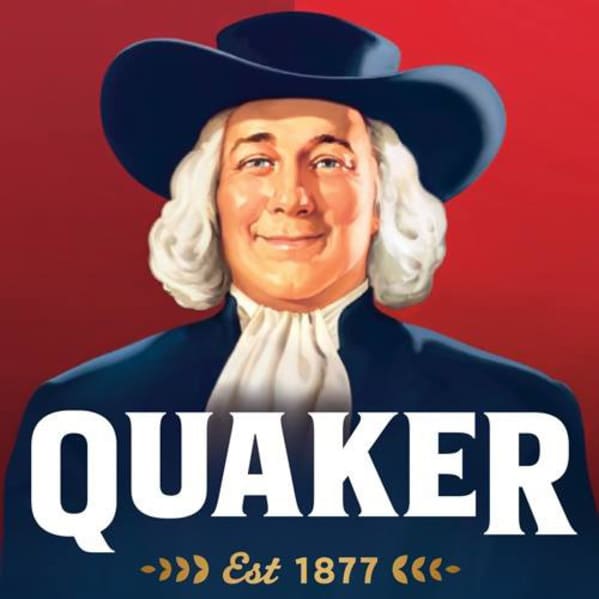
Though 1877 seems like a long time ago, the Quaker brand was not, in fact, started by Pennsylvania Quakers. The founder of Quaker Oats didn’t even originally base the mascot on William Penn, the founder of the state of Pennsylvania. Henry Seymour, the co-founder of the first trademarked breakfast cereal, said he was reading the encyclopedia and discovered that Quakers seemed like wholesome, quality people. He wanted the brand to be associated with people like that. The Quaker Oats brand went on to make Life cereal and Chewy Granola bars. Bless them.
15. The Sun-Maid Raisin woman was trying to dry her hair.

Lorraine Collett Petersen was drying her hair in the backyard of her home, wearing her mother’s red bonnet. An executive spotted her, and asked if she’d like to live the raisin life. By that, I mean, would she like to go, dressed exactly as she was, to expos where she would extol raisins to strangers. This was in 1915. There was literally nothing else happening except for a world war. Eventually, a painting of the woman was commissioned, and she’s remained the face of the raisins for 100 years.


